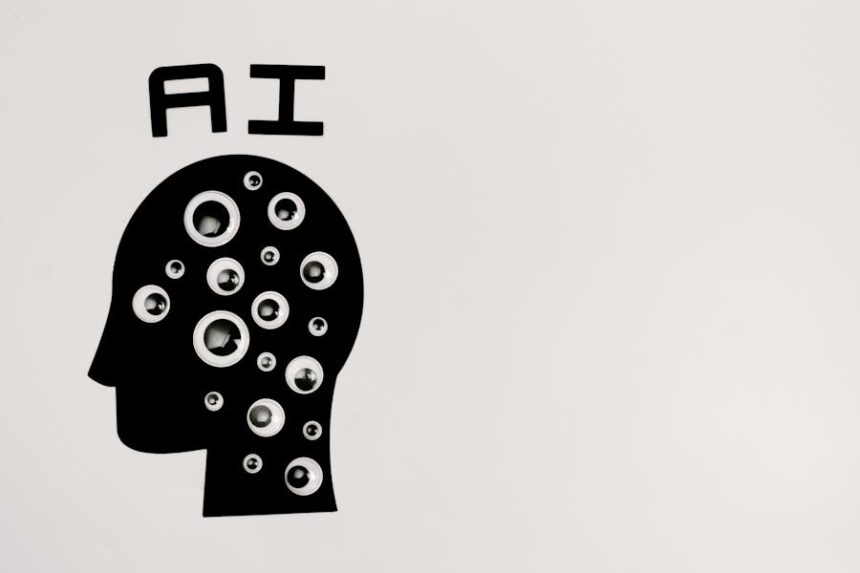Technology is changing how clinics operate. From front-desk tasks to clinical decisions, more healthcare providers are turning to automation and innovative tools. The goal is simple: deliver better care with less friction. Clinics today are expected to be efficient, accurate, and patient-friendly. But meeting all three is hard without help. That’s where healthcare AI comes in. Used correctly, it supports staff rather than replacing them. It speeds up processes, improves outcomes, and reduces stress. And while the idea of artificial intelligence in medicine once sounded futuristic, many clinics are already using it without realizing it. What matters now is knowing which tools make the most impact and how to put them to work.
Smarter Scheduling Means Less Chaos
Missed appointments and poor time management are problems that cost clinics more than most realize. AI-powered scheduling tools can reduce cancellations by analyzing patient habits, appointment history, and traffic patterns. Some systems even send alerts when someone is likely to miss their slot, giving staff a chance to reschedule or fill the gap.
On the clinic side, staff gain better control of the day. AI tools can help balance high- and low-demand times, match patients with the right provider, and minimize wait times. The result is a smoother experience for everyone without manual juggling or guesswork.
Faster, More Accurate Diagnostics
One of the most powerful uses of AI in medicine is in diagnostic support. These tools analyze images, symptoms, and lab data to help clinicians spot issues early. They don’t replace decision-making, but they highlight patterns a human might miss, especially under pressure.
In radiology and dermatology, for example, AI tools can review thousands of images in minutes and flag those that require closer inspection. This speeds up diagnosis and helps prioritize urgent cases. For general clinics, it means faster answers for patients and less diagnostic uncertainty for providers.
Less Time on Paperwork, More Time With Patients
Documentation is one of the most frustrating parts of clinical work. Doctors often spend more time on notes than with patients. AI-powered scribes and voice assistants are starting to change that. These tools listen to conversations during appointments and automatically generate structured clinical notes.
This means providers can focus on the person in front of them instead of a screen. At the end of the day, notes are ready for review, not creation. Clinics that use these systems often report lower burnout, higher patient satisfaction, and more accurate records.
Front-Desk Automation That Feels Personal
First impressions matter. When patients call or check in, they expect a smooth and welcoming experience. AI chatbots and virtual assistants can answer common questions, confirm appointments, and direct calls promptly. And because these tools learn over time, they get better at serving your clinic’s unique flow.
This kind of automation doesn’t feel robotic if done right. Patients still get their answers, and front-desk staff can focus on complex cases or in-person needs. It’s not about replacing human warmth. It’s about removing repetitive friction.
Many clinics are now combining AI tools with patient data systems to personalize communication further. For example, a chatbot can greet a returning patient by name, mention their upcoming appointment, or provide tailored instructions based on past visits. When technology is aligned with human intent, it creates a level of care that feels seamless rather than scripted.
Better Insights from Routine Data
Clinics generate data every day, but most of it goes unused. AI can turn this data into actionable insights. From tracking patient flow to flagging billing errors, these tools help clinics spot inefficiencies, improve operations, and make better business decisions.
Some platforms even offer predictive analytics, showing where problems are likely to occur before they happen. For example, they might forecast seasonal demand spikes or identify patterns in appointment cancellations. Used well, this kind of insight gives clinics a strategic edge.
Early Detection of Health Risks
AI tools are becoming very good at detecting early warning signs across a broad range of conditions. Some analyze patient-reported data, wearable devices, and historical trends to identify individuals at risk of chronic illness. Others review medication interactions and spot potential safety issues before they occur.
For primary care clinics, this means better preventive care. Patients get the help they need sooner, and providers can intervene before conditions become serious. It improves outcomes and keeps healthcare costs lower over time.
Customizing Care for Every Patient
One of the promises of AI is personalization. Clinics can use these tools to tailor recommendations, reminders, and follow-ups based on an individual patient’s behavior and medical history. Instead of a one-size-fits-all approach, care becomes more responsive.
Patients appreciate when clinics remember their preferences, follow up on specific concerns, or send reminders that match their health goals. With AI, these touches don’t have to add more work. They can happen in the background, supported by smart systems that keep the focus on the patient.
Training and Decision Support for Staff
AI is not just for doctors. Nurses, medical assistants, and admin staff can all benefit from tools that guide and support their work. For example, some systems offer medication lookups, real-time coding support, or step-by-step instructions based on symptoms.
This boosts confidence and improves consistency, especially in busy clinics or during onboarding. It also makes it easier to train new hires or cross-train staff without relying solely on senior team members.
Safer, Smarter Clinics Without the Extra Burden
Safety and compliance are significant concerns for clinics. AI can help monitor hygiene, track controlled substances, or ensure proper follow-up. These tools do not take over responsibility, but they add a layer of support that improves both care and compliance.
Some platforms offer real-time alerts if safety protocols are missed or documentation is incomplete. For example, a missed follow-up note or a potential allergy conflict in medication can be flagged before it causes harm. This not only protects patients but also reduces the risk of legal or regulatory issues.
As clinics evolve, the goal is to achieve high trust. AI supports this shift by ensuring critical tasks are completed, checked, and aligned with best practices. It gives clinicians more confidence that the systems behind them are solid, even on the busiest days. Ultimately, this results in smoother workflows and safer outcomes for everyone involved.




